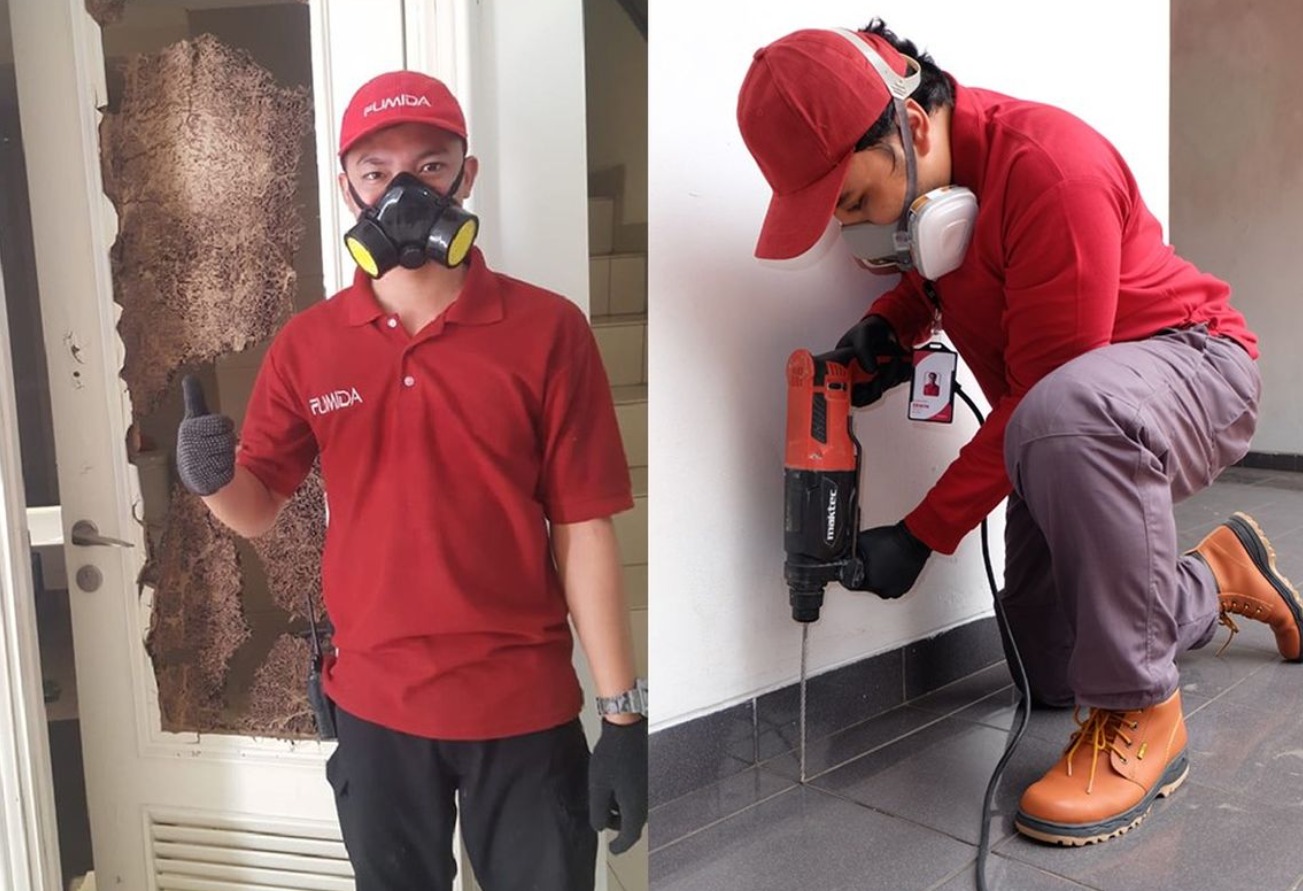The Underground Network: How the PSP Fostered a Global Gaming Community
In an era before robust, standardized online multiplayer on consoles and the ubiquity of smartphones, the concept of a portable gaming community was largely confined to mega888 malaysia local link-ups between friends. The PlayStation Portable, with its Wi-Fi capabilities and unique software, shattered this isolationist model. It became an unexpected but powerful catalyst for a new kind of globalized, niche, and deeply passionate gaming community. Through a combination of hardware features, specific killer apps, and early online infrastructures, the PSP created digital town squares where players from around the world could connect, collaborate, and forge lasting friendships over shared obsessions.
The undisputed king of this community-building was the Monster Hunter series, particularly Monster Hunter Freedom Unite. While the game featured online play via a PS3 tunneling service, its heart was local “ad-hoc” multiplayer. This feature didn’t just allow co-op; it demanded it for the most challenging content. This necessity bred a culture of gathering. Players would meet in parks, cafes, and dedicated gaming spots in Akihabara, their PSPs linking them together in a shared struggle against towering beasts. This created tangible, real-world social hubs centered around the game. In the West, where the series was a cult phenomenon, this fostered incredibly tight-knit local communities of dedicated hunters who organized meet-ups, sharing strategies and loot in person.
Beyond the hunt, the PSP’s multimedia and connectivity features made it a hub for content sharing and discovery. The device’s ability to display photos, play music, and browse the internet (in a primitive, early-2000s way) made it a personal entertainment portal. Players could share custom soundtracks for games, trade tips on obscure forums specifically dedicated to PSP homebrew and hacking, and use early messaging clients to coordinate play sessions. The act of curating your PSP’s content—loading it with MP3s, ISOs of your favorite PSOne classics, and game saves—became a personal statement, and sharing that curation was a form of social bonding.
The PSP’s legacy is, in part, a social one. It demonstrated that a handheld device could be the centerpiece of a vibrant, interactive community that blended online and real-world interaction. It proved that the most compelling multiplayer experiences weren’t always about competing against strangers in a matchmade lobby, but about cooperating with friends—both old and new—toward a common goal. The communities that formed around its specific titles were pioneers, navigating early online spaces and creating the playbooks for social gaming that would later become mainstream with parties, voice chat, and cross-play. The PSP wasn’t just a games machine; it was a social network in your pocket, a precursor to the always-connected gaming world we live in today.

